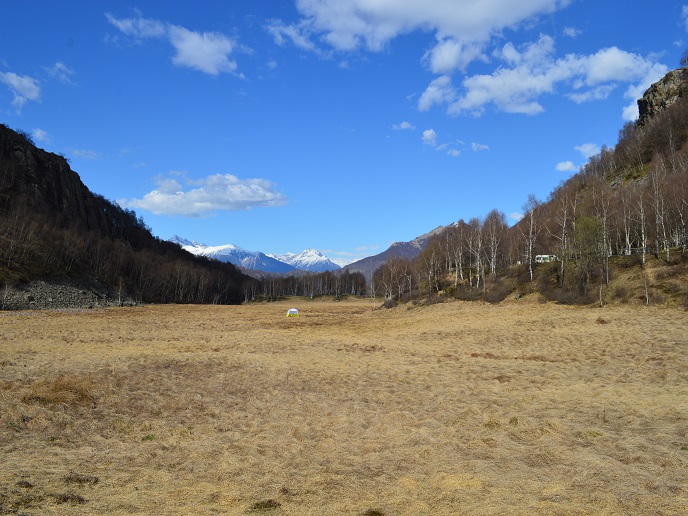Bringing joined-up thinking to urban planning
Making the right decisions in urban and environmental planning is not easy for policymakers. How will self-driving cars change commuting patterns? How would a new train station impact neighbourhood business? And how might urban development affect local water quality? All these decisions will be affected by today’s changing economic situation and global factors, such as population growth, migration, urbanisation and climate change. The GEOSINPO (Geo-Spatial Modelling Informing Policy) project aimed to make taking such decisions a little easier by developing an integrated approach to modelling aspects of environmental change - from land use to transport infrastructure to air quality. Completed in July 2017, the three-year project was led by Marie Sklodowska-Curie research fellow Harutyun Shahumyan, from University College Dublin (UCD) and scientific advisers Professor Brendan Williams, UCD and Professor Gerrit Knaap, of the University of Maryland. “Often it is hard to estimate the full impact of a policy as it may lead to a chain of unforeseen changes,” explains Shahumyan. “Integrated models should have more power to predict outcomes of various scenarios. GEOSINPO aimed to integrate existing computer modelling tools and bring as much additional information as possible to bear on urban planning issues, including demographic, economic, transport and natural resource data.” Modelling on Baltimore-Washington and Dublin During the project Shahumyan spent two years working with the National Center of Smart Growth at the University of Maryland, United States. Their state-of-the-art models for the Baltimore-Washington region are able to simulate the feedback between, for example, the use of the transportation network and the development of housing, plus energy-use models can be added to determine energy requirements or pollution impacts. The project goal was to similarly couple independently developed models into an integrated user-friendly modelling suite for the Greater Dublin region. “Our approach allows us to couple independently developed models without changing their source codes, programming languages or file formats, so it is very versatile,” explains Shahumyan. Using the examples of the Baltimore-Washington and Dublin regions, Shahumyan and colleagues tested their methods using real data and urban policy problems. For example, they showed, in the Baltimore-Washington region, that the rapid adoption of electric vehicles could encourage more compact growth, use of public transport, improved air quality and reduced greenhouse gas emissions. The ability to combine environmental models into urban development policy-making has been an important advance and Shahumyan says, “it will help us to assess how social-economic changes in Ireland will ultimately impact water quality in coastal areas such as the Liffey Catchment and Dublin Bay.” Future development scenarios The research has also resulted in interesting future development scenarios being investigated, for which there would otherwise be minimal evidence to inform decisions. “In the Dublin region, the often-neglected issue of how regional development affects water pollution was analysed and for different scenarios we looked at the impact on water quality by 2026,” says Shahumyan. The approach developed by the project allows for the addition of new models relatively easily and both teams in the US and in Ireland intend to use it. Shahumyan has been awarded a further fellowship to continue his research. “We hope with our new enhanced platform, we can improve public policymaking and strategic planning both in Ireland and internationally and that this will contribute to ongoing sustainable development,” concludes Professor Williams.







